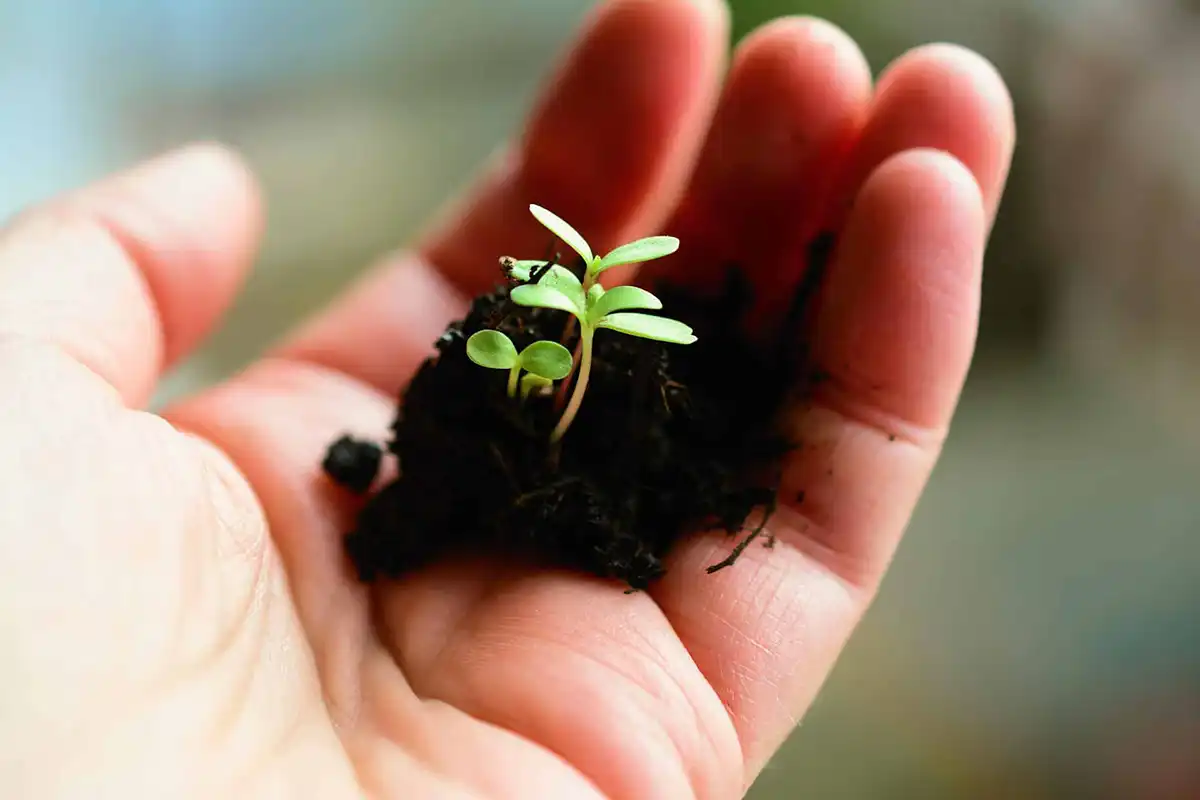Farmers’ seed systems, that are based on sharing within farming communities are the best bet for farmers, they secure access to locally adapted seeds that are the most effective repository of genetic diversity. Farmers’ seeds will trump climate change. Commercial seed suppliers make farmers dependent on uniform crops that are bound to succumb to some devastating stress.
Or
Formal seed sector with their access to science and capital has the answers to all ailments; the more we know about the structure and function of DNA, the higher yielding and more robust we can make crops. The commercial seed markets offer all farmers the best guarantee. Good seed doesn’t cost, it pays. Farm-saved seed is bound to keep farmers poor, and with the growing population, ever poorer.
– – – – – – –
Haven’t we all heard such statements? Haven’t we expressed either of them? Then we are all guilty of creating trenches that obstruct a sensible way of dealing with one of the most important aspects of farming: having a secured access to good seeds. It is such ideas that nurture an arrogant -green revolution type, attitude by breeders and seed regulators, that think they know best what farmers need, but often don’t have the means to implement what they design. It is also such ideas that nurture a romantic idea that local seed always magically adapts to all environmentally stresses and that communities never got hungry over the last 10,000 years. These worldviews collide in the policy areas of the biodiversity convention, and in the polarized views on the protection of farmers’ rights and intellectual property that keep us hostage. At worst, both these singular views tend to be unilaterally prescribed to supposedly benefit all the farmers in highly diverse context, needs and preferences.
These myths are neither right, nor are they fully untrue. That is the conclusion of a paper ‘Seed systems resilience, an overview’ published in December 2022 in the scientific journal Seeds. The paper doesn’t go as far as the ‘hostage’ result described above. However, it clearly indicates the weaknesses of both the farmers’ and formal seed systems. The former is less romantic in practice. A large number of farmers is not even able to save (and select) their own seed and depend on using food grains purchased from the local markets as seed. Development aid organizations annually increase their seed aid programmes distributing free seed of improved varieties to rapidly increasing numbers of farmers. We can indeed assert that the farmers’ seed systems have shaped our crops during domestication and still have the potential to do so. However, when demographic and environmental changes go as fast as they go today, the natural processes and farmers’ selection are not sufficient to sustain a secure food situation, let alone produce surpluses to feed the quickly growing urban population.
So, naturally the formal seed systems may be seen as the answer. However, the public sector has proven to be unable to produce enough seed sustainably, and the private sector can only reach certain types of farmers with a limited number of crop seeds. Public sector breeders need extensive monitoring and evaluation programmes to identify whether they do the right thing, whereas private sector breeders simply look at their seed sales and customer responses to measure their success. And a bottom line of the market is that it only works well when there is sufficient competition.
So, we need to come out of the trenches and realise that farmers’ seed systems have an important role to play for the majority of basic food crops in the Global South, and that commercial seed can provide and excellent service to farmers at the same time, and probably for different crops. So that policy measures to support the development of the formal seed system, such as breeders’ rights, need to be embraced while, on the other hand, local seed exchange and development that are part of sustaining household food security of many could well be supported as part of farmers’ rights.
Both propositions, that farmers’ or formal seed systems alone can cater for the needs of farmers and are the answer to global food insecurity, are myths. Not a single country, nor seed system, is fully self-reliant on seeds for all crops or plant genetic resources for its food and agriculture. Given this global interdependence, it is more productive to think in terms of systems complementarity. Facilitating the continuous access to plant genetic resources and innovation; ensuring that both the formal and farmers seed systems function and complement each other; and ensuring that plant breeding take place, are more decisive for the resilience of seed systems and consequently, our global food systems.
Where on the web: for the original article, please see: https://doi.org/10.3390/ seeds1040028
Editors’ Note: Gigi Manicad is Senior Consultant at Manicad Development Consultancy
Read More from the February Issue:
Myth: Private Breeding Can Feed the World
The Truth Behind the EWG’s Dirty Dozen











